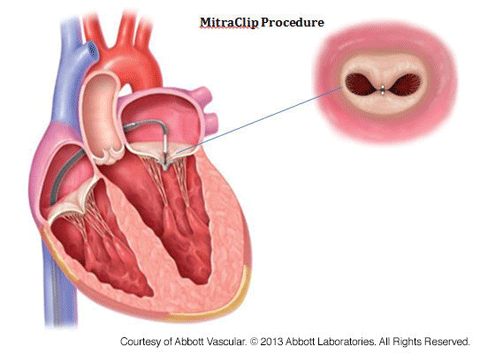| How do you think blood flows? How do you think blood goes where it is supposed to go in the heart? To understand, we must understand that liquids always flow from the area of high pressure to the area of low pressure. The four chambers of the heart contract to help make high pressure, in order to send the bloodstream forward. Here’s where valves come into the picture. Valves help with the flow of blood in a smooth way, and slam shut to prevent the backflow of blood into the chamber they came from. If the valves are infected, then there would be constant backflow of blood, or absolutely no flow, because the valves won’t be able to function properly. This is what we call a ‘Heart Valve Disease’. There are four valves in the heart – The tricuspid valve, the aortic valve, the pulmonary valve, and the bicuspid or ‘mitral’ valve. The structure of the heart can be seen below:
Heart valve diseases are very common in the world. Over 5 million Americans are diagnosed with it each year. Aortic Stenosis (A type of heart valve disease causing the aortic valve to narrow down), has over 1 million cases in India over a year. Even “Mitral Valve Regurgitation,” another type of heart valve disease causing the constant backflow of blood, has over 1 million cases in India. The structure of the heart during both the diseases can be seen below respectively.
Here are symptoms of the heart valve disease which can help detect this disease.
This disease affects each and every system of the body. This is because the valves affect the bloodstream, which will, in turn, affect the transport of oxygen to each organ, so the organ won’t have the energy to carry out it’s assigned function. A valve transplant can help cure this disease because a new set of valves can help coordinate with the patient’s own heart well. However, there are limitations too. For example, there is a good enough risk of rejection, so the patient may also die rather than living with the surgery which was done to save his/her life. Moreover, heart valve transplants can also be performed in bad conditions, or forcibly by doctors to earn extra money, which can cause patients’ life. Moreover, this technology isn’t very open yet, so most people, especially in rural areas think it’s unwise to transplant. However, we must look at the positives too and see how valve transplants can save many people’s lives. We must know how to use this technology since it’s in our hands now it’s our responsibility to monitor that this technology is used for good. |


